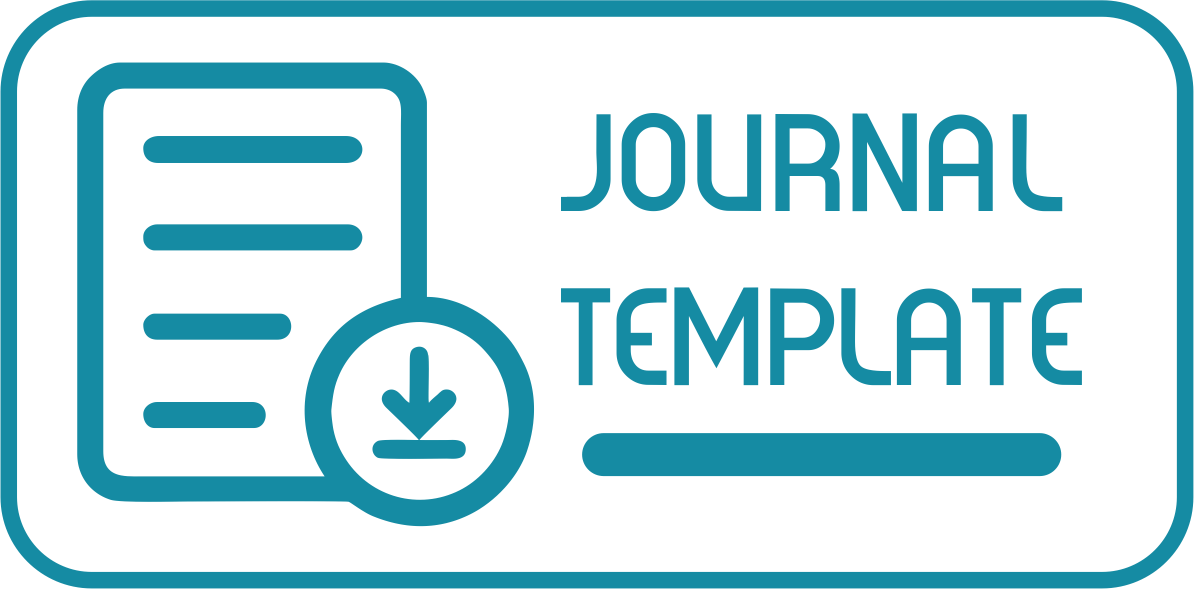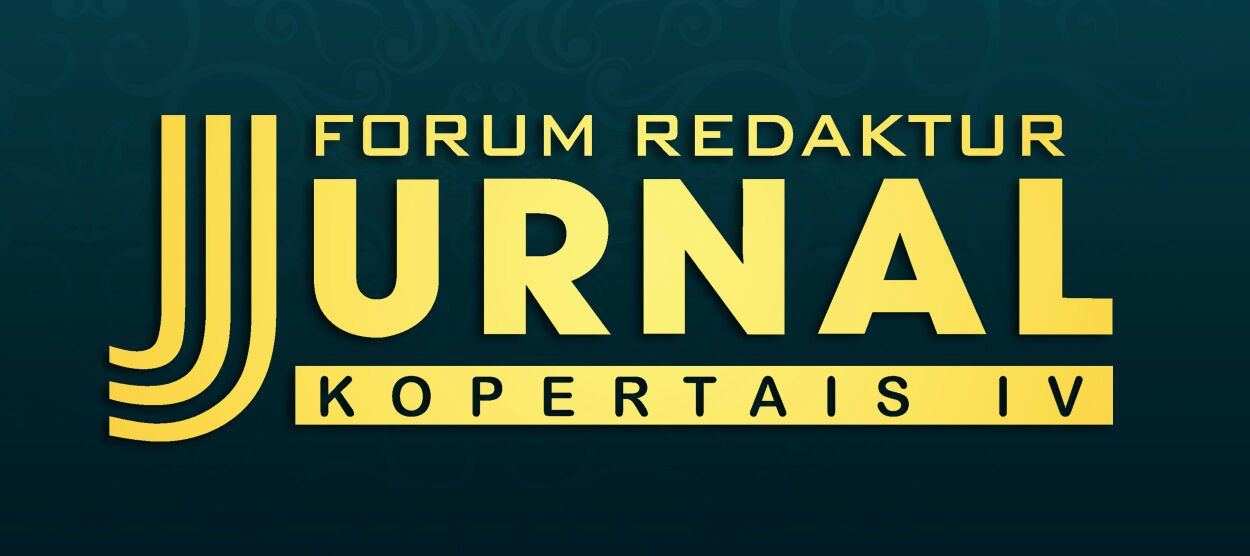PENGEMBANGAN MENTAL MANDIRI ANAK SEBAGAI IMPLEMENTASIKAN QS.LUKMAN 13-14:
STUDI DI SEKOLAH LUAR BIASA (SLB) ISLAM YASINDO TUMPANG
DOI:
https://doi.org/10.35897/intaj.v3i1.175Keywords:
education, independence, development of ABK, implementation, QS. Lukman 13-14Abstract
Education for children with special needs is not as easy as for normal childrenthey need more attention, diligence, patience and high sacrifice. Many problems arise in educating them. Begin with introducing the environment, understanding the character of the child, training to live independently, building communication and morality. All of that cannot be targeted with a short period of time.
The purpose of this study is to determine the development of Children with special needs (ABK) in Yasindo Tumpang Islamic SLB and to describe the application of QS. Lukman 13-14 in the education of the independence mental development of Children with special needs (ABK) in Yasindo Tumpang Islamic SLB.
This study uses qualitative approach with data collection techniques through observation, interviews / interviews, and documentation. As for analyzing the data, descriptive qualitative method is used, namely the description based on the symptoms that appear.
The results of this study obtained are statements from parents of children with special needs about the development of their children from the womb to his birth. the application of independence education in children with special needs by taking the contents of the application of QS. Lukman 13-14. Which includes the implementation of aqidah, a form of doing good to parents and expressing gratitude for parents with the condition of their children with special needs.







